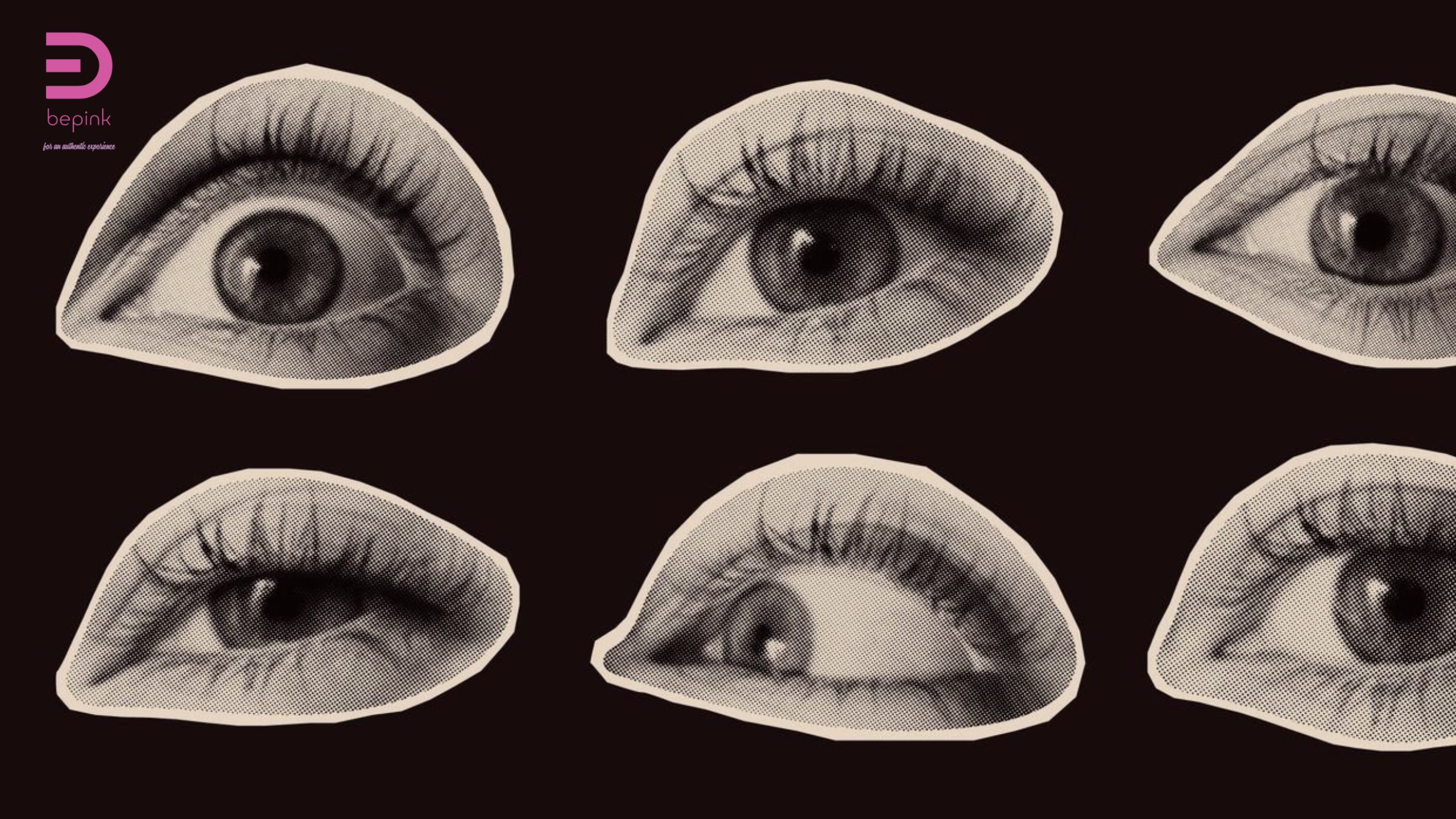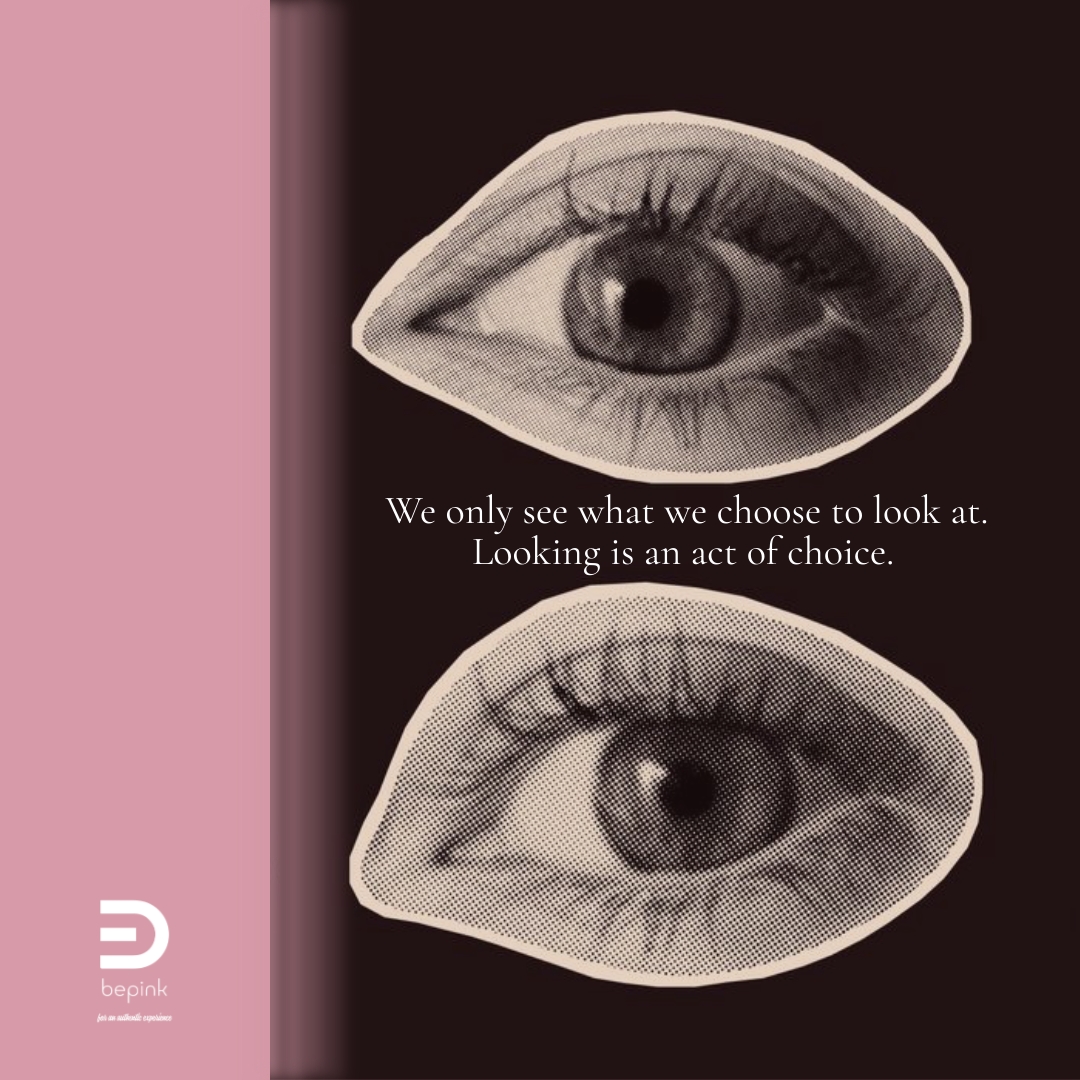We live immersed in data.
Every day we navigate numbers, charts, algorithms that seem to tell us the world as it is. And yet, behind every figure lies a point of view — a choice, a frame, a gaze.
Data Feminism, as described by Catherine D’Ignazio and Lauren Klein, invites us to acknowledge this partiality and give it value. Not to reject measurement, but to use it as a tool for equity.
Within this horizon, Gentle Data emerges — a way of seeing, a method to navigate numbers with empathy and awareness. Because every dataset, before being information, is the story of who looks and who is being looked at.

John Berger wrote in Ways of Seeing:
“We only see what we look at. Looking is an act of choice.”
A simple and radical act that reveals the active nature of observation: seeing is never neutral — it is always an act of responsibility. Recognizing that data are not neutral means accepting their partiality and giving voice to what is left out.
It’s not about abandoning measurement, but reframing it as a gesture of fairness.
Every message follows a chain:
data → information → insight → narrative → imagination.
At each step, someone speaks — and someone remains unheard. To look closely at data means asking: who speaks through the numbers, and who isn’t being listened to?

Turning this awareness into practice begins with a simple, radical checklist:
- Who is missing?
- Who decides?
- What impact does it have?
- What tone does it take?
- How do you measure equity?
Five questions to read numbers with empathy — to transform them into a tool for understanding. Not an abstract method, but a daily act: observing, interpreting, adjusting.
A form of cognitive care towards data — turning them into a space of relation, not domination.
To communicate, in this perspective, is an exercise in attention: to listen to what emerges, to recognize what stays outside the frame, to let the gaze become a space of encounter.
Pink to orient. Punk to transform.
One is direction, the other is gesture.



